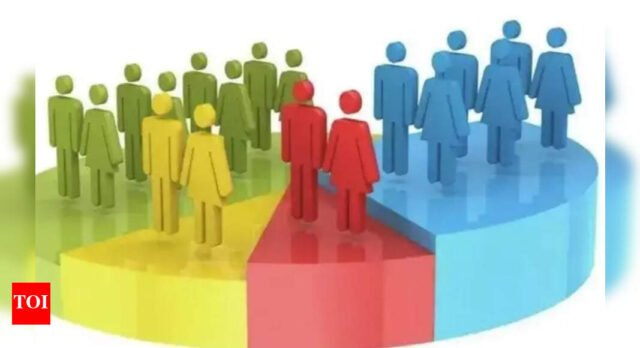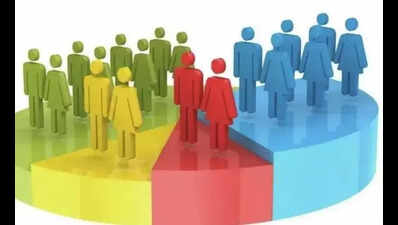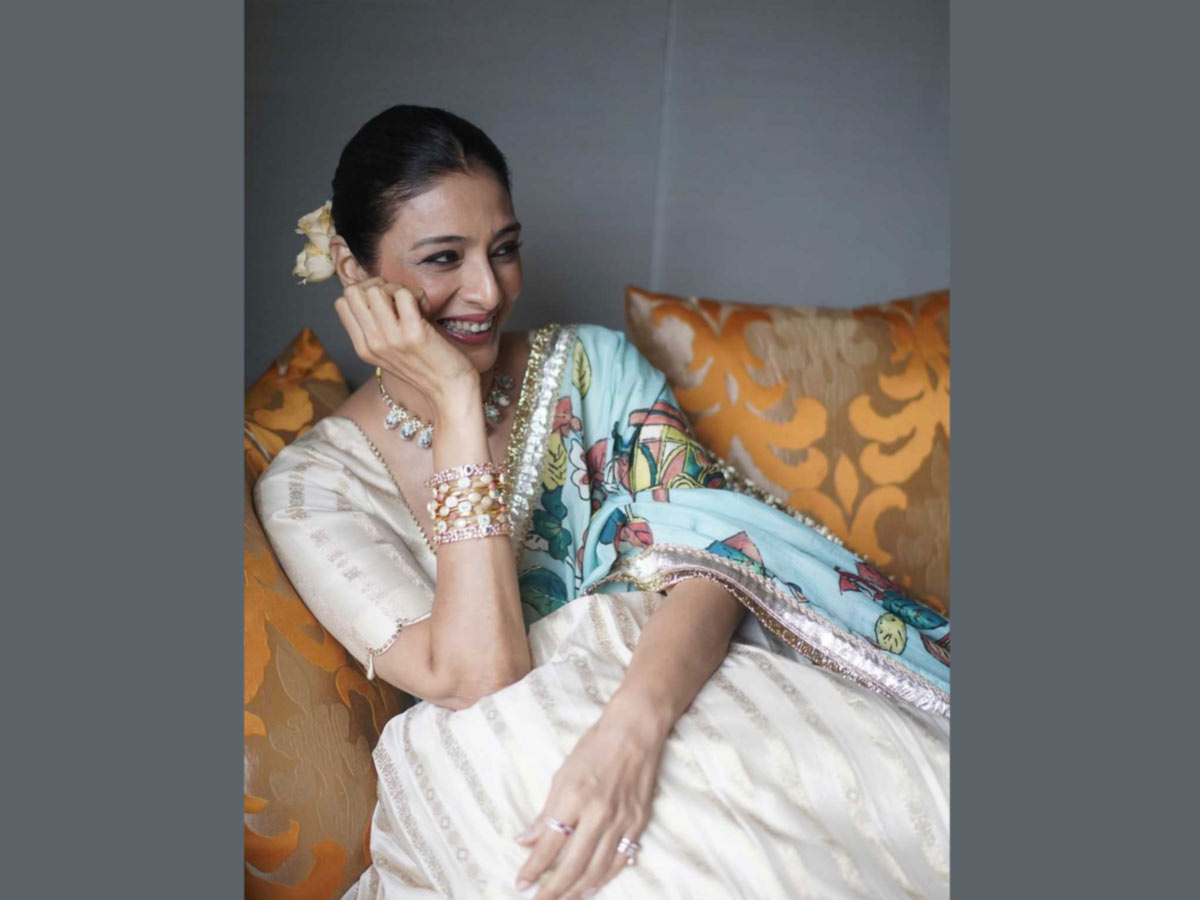Hyderabad: As the proposed enhancement of reservations for Backwards Classes (BC) occupies a central place in the state’s political discourse, the Backwardness Index (BCI) has revealed important insights. The index, created by a group of experts using data sourced from the Social, Economic, Educational, Employment, Political, and Caste Survey (SEEPC), shows that 71% of the 134 BC sub-castes were close to deep backwardness on the composite BCI.The BCI is a unique initiative designed to assess the socio-economic status of various communities in the state. The findings, to be discussed at the cabinet meeting on Monday, which are in the exclusive possession of TOI, indicate that 243 communities have been assigned scores ranging from 0 to 126, with an average score of 81. In the composite backwardness index, a higher score (126) signifies a greater degree of backwardness, indicating significant barriers to progress, while a low score (0) reflects relative advancement and improved living conditions.The scores of a staggering 99% of Scheduled Tribe (ST) communities, 97% of Scheduled Caste (SC) communities, and 71% of Backward Classes (BC) reflected more backwardness (above 81%), highlighting significant struggles across 42 evaluated parameters for these communities. Notably, none of the forward castes, including forward castes within the Muslim community, have an average score below 81, indicating that they are exempt from the levels of backwardness reflected in this study. However, sources indicate that, in practice, no caste has been able to achieve either the maximum score of 126 or a zero across the board.Telangana has 59 sub-castes among Scheduled Castes (SC) and 33 sub-castes among Scheduled Tribes (ST). The caste survey has revealed that non-Muslim Backward Classes (BC) make up 46.25% of the population or 1,64,09,179 individuals. Additionally, Muslim BCs account for 10.8% of the population, which corresponds to 35,76,588. When combining these two groups, the total population representing Hindu, Muslim, and Christian converts from SCs is 56.33%. The expert committee has meticulously identified 42 essential parameters from a comprehensive survey questionnaire, which delve into crucial aspects such as literacy rates, educational attainment, and patterns of asset ownership. These parameters are methodically arranged along a spectrum that categorises groups from ‘most backward’ to ‘least backward,’ providing a nuanced understanding of social stratification.To deepen this analysis, several sub-indices have been developed, each targeting specific dimensions of backwardness. These include the social backwardness index, which examines community cohesion and social networks; the gender backwardness index, highlighting disparities in gender equality; the educational backwardness index, focused on access to and quality of education; the occupational backwardness index, which assesses employment opportunities and job types; and the living conditions index, evaluating factors such as housing quality and access to essential services.









